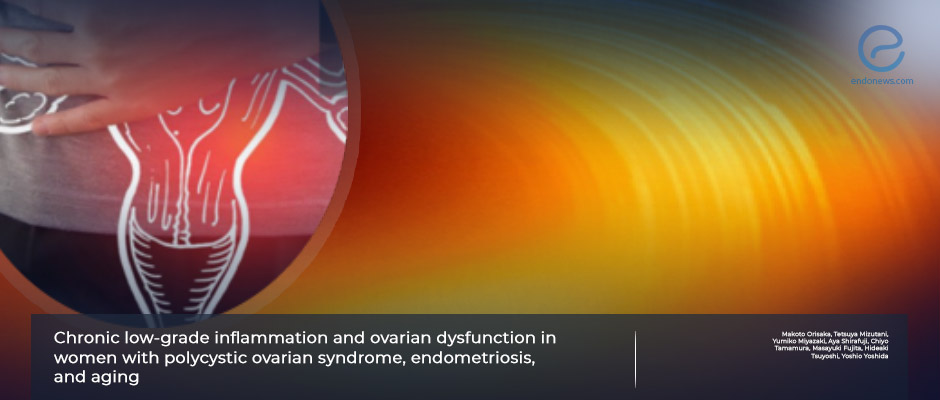Low-grade albeit longstanding inflammation may have a pivotal role in the ovary
Jul 17, 2024
Polycytic ovaries, ovarian endometriosis and aging have a common denominator: inflammation
Key Points
Highlights :
- Chronic low-grade inflammation may be influential on ovarian reproductive processes including Polycystic ovaries (PCOS), endometriosis, and ovarian aging.
Importance:
- Long-lasting inflammation may induce oxidative stress and collagen formation in the ovaries altering the physiological microenvironment, necessary for oocyte maturation.
What's done here :
- This article is an update on contemporary issues related to polycystic ovaries, endometriosis, and aging, as well as long-standing inflammation in the ovarian tissue.
Main key feature :
- Alleviating longstanding inflammation and collagenization in the ovaries could well be a new therapeutic step in improving the physiological microenvironment and preventing ovarian dysfunction.
Lay Summary
Academicians from Japan led by Associate Professor Makoto Orisaka published their update related to the role of inflammation in polycystic ovaries, endometriosis, and aging in the medical journal Frontiers in Endocrionology.
Inflammation is the response of tissues to noxious stimuli that may be acute, longstanding, i.e. chronic, and may have adverse outcomes on the body even though being a defensive action involving vessels and white blood cells. In this regard, chronic low-grade inflammation may have adverse effects on many ovarian reproductive functions.
Longstanding inflammatory response results in oxidative stress that activates several signaling pathways, resulting in further inflammation, tissue damage, and subsequent collagen formation. In polycystic ovaries, endometriosis, and the aging process, pro-inflammatory cytokine levels are often elevated in follicular fluids. In women with polycystic ovaries, hyperandrogenemia besides insulin resistance yields longstanding low-grade inflammation in the gonads.
In ovarian endometriomas iron overload related to ectopic endometrial foci induces a chronic inflammatory response resulting in oxidative stress which finally leads to ovarian ferroptosis and collagen formation.
In the aging process old cells yield senescence-associated secretory phenotype molecules that result in longstanding inflammatory response and finally oxidative stress in the gonads.
The prevention of longstanding inflammatory responses that could result in fibrosis in the ovary could well be an authentic approach in clinical management for achieving a better physiological microenvironment.
Research Source: https://pubmed.ncbi.nlm.nih.gov/38192421/
inflammation chronic ovaries ovarian dysfunction ovarian endometriosis

